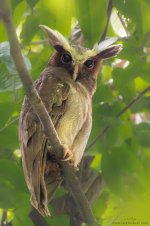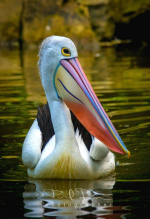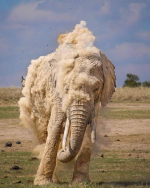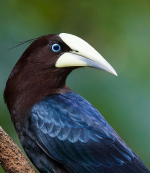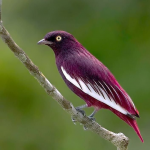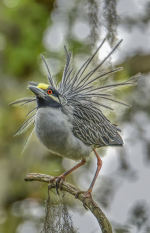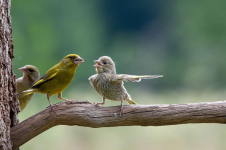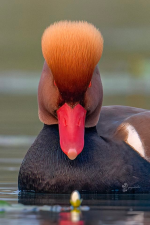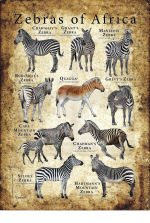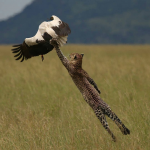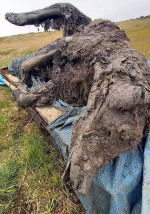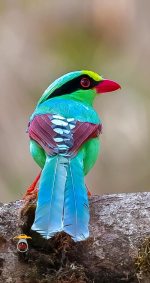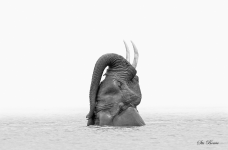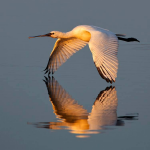You are using an out of date browser. It may not display this or other websites correctly.
You should upgrade or use an alternative browser.
You should upgrade or use an alternative browser.
Natural Science
- Thread starter Seldom Bucket
- Start date
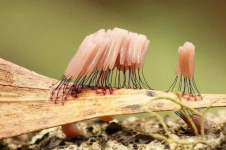
"Aliens? Vegetables? Nope, vegetable and animal bridge mushrooms. They're the myxomycetes, and they can move and hunt for prey or look for the best environment for them. They are born from spores, like mushrooms.
Myxomycetes move like huge amoebas, like pulsating masses; their movements seem to be dependent on microfibrils that remember the fibers of the muscles. These "blobs′′ crawl (at a speed of 1 cm per hour) phagocusing bacteria, algae, yeasts, protozoa and other organic material as they go; they digest them and expel the remains outside. Not randomly, mixomycetes proliferate where there are plenty of prey - on decomposing logs or on carpets of dead, wet leaves. And so they're often found in the woods, yellow, purple, blue, red, thanks to the pigments they contain."
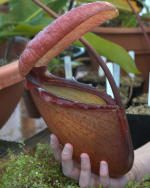
Watch out… this plant eats meat! While it normally feeds on insects, the pitcher plant (Nepenthes rajah) has also been known to snare vertebrates including lizards and small mammals. Its sizable pitcher, a modified leaf, can contain up to 34 oz (1 L) of fluid, which is often enough to drown small critters that happen to fall in. Powerful digestive acids are then released as the plant breaks down and absorbs its prey.
Photo:JeremiahsCPs, CC BY-SA 3.0, Wikimedia Commons
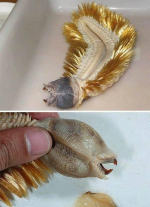
Meet the Antarctic Scale Worm (Eulagisca gigantea - Polynoidae). The larger group of worms related to this species are known as “bristle worms” and the bristles can serve as structures for crawling along the sea floor or a coral reef, swimming in the water column, or even defending themselves. Bristle worms range from shallow tropical reef ecosystems to hydrothermal vents at abyssal depths. About 80 families and 8,000 species of polychaete worms have been described so far and there are undoubtedly many more awaiting description.
Antarctic Scale Worms inhabits the sea floor of the Southern Ocean. These marine worms can protrude the business end (retractable pharynx) to tear chunks from the other organisms that they eat (as predators) or feed from (as scavengers) – we simply don’t know about their feeding ecology. Sea spiders are a suggested prey items for these worms in the primary literature. The pharynx is not everted when the animal is not feeding. The beautiful structures that line their bodies are called setae - sticking out from parapodia. The scales or "elytra" are paired on the dorsal side of the worm... giving these worms their common name. Ironically, some species of these worms lack scales. The Antarctic Scale Worm can grow to a size of 20cm (~8 inches) total length. Even though the species was described all the way back in 1939, very little is known of its biology or ecology. This specimen was collected during an Antarctic expedition at a depth of 520-670m (1706-2198 ft). (Image Credit: JC Mendoza/NMNH (top) and Arthur Anker, bottom).
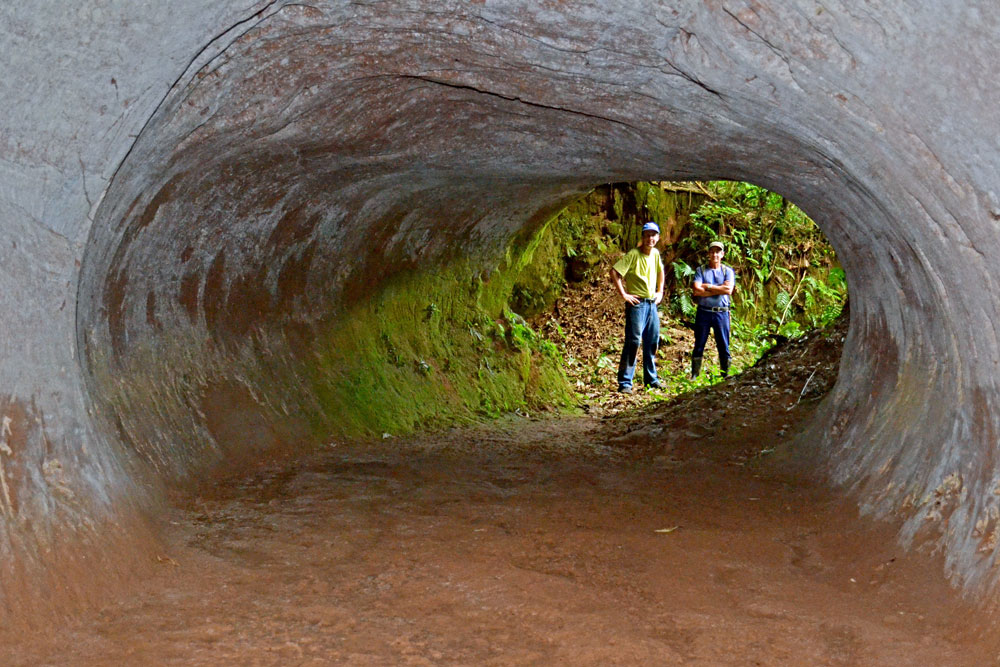
Get Lost in Mega-Tunnels Dug by South American Megafauna
Paleoburrows may look like caves, but these tunnels are remnants of past (giant) diggers.
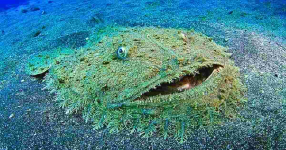

Flattened Shark You shouldn't Step On, Like a Carpet on the Seafloor - Wildlife Conservation
Ever wondered what the most special-looking shark species could be? Well, the tasseled wobbegong shark is definitely a good candidate.
 exgenus.com
exgenus.com
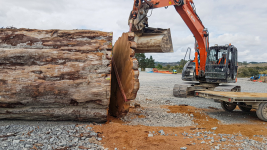
Ancient kauri trees capture last collapse of Earth's magnetic field
Several years ago, workers breaking ground for a power plant in New Zealand unearthed a record of a lost time: a 60-ton trunk from a kauri tree, the largest tree species in New Zealand. The tree, which grew 42,000 years ago, was preserved in a bog and its rings spanned 1700 years, capturing a tumultuous time when the world was turned upside down—at least magnetically speaking.Several years ago, workers breaking ground for a power plant in New Zealand unearthed a record of a lost time: a 60-ton trunk from a kauri tree, the largest tree species in New Zealand. The tree, which grew 42,000 years ago, was preserved in a bog and its rings spanned 1700 years, capturing a tumultuous time when the world was turned upside down—at least magnetically speaking.
Link

